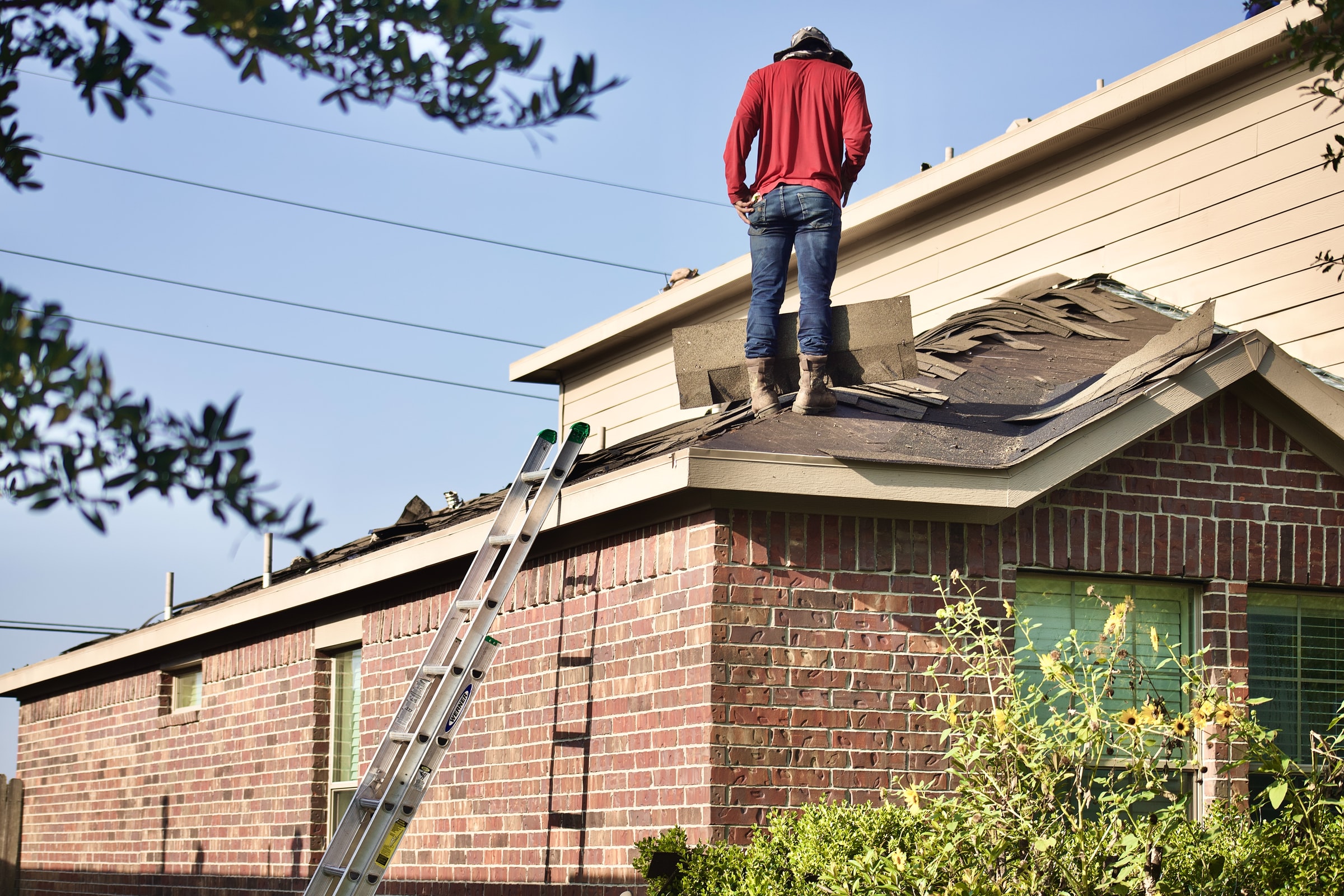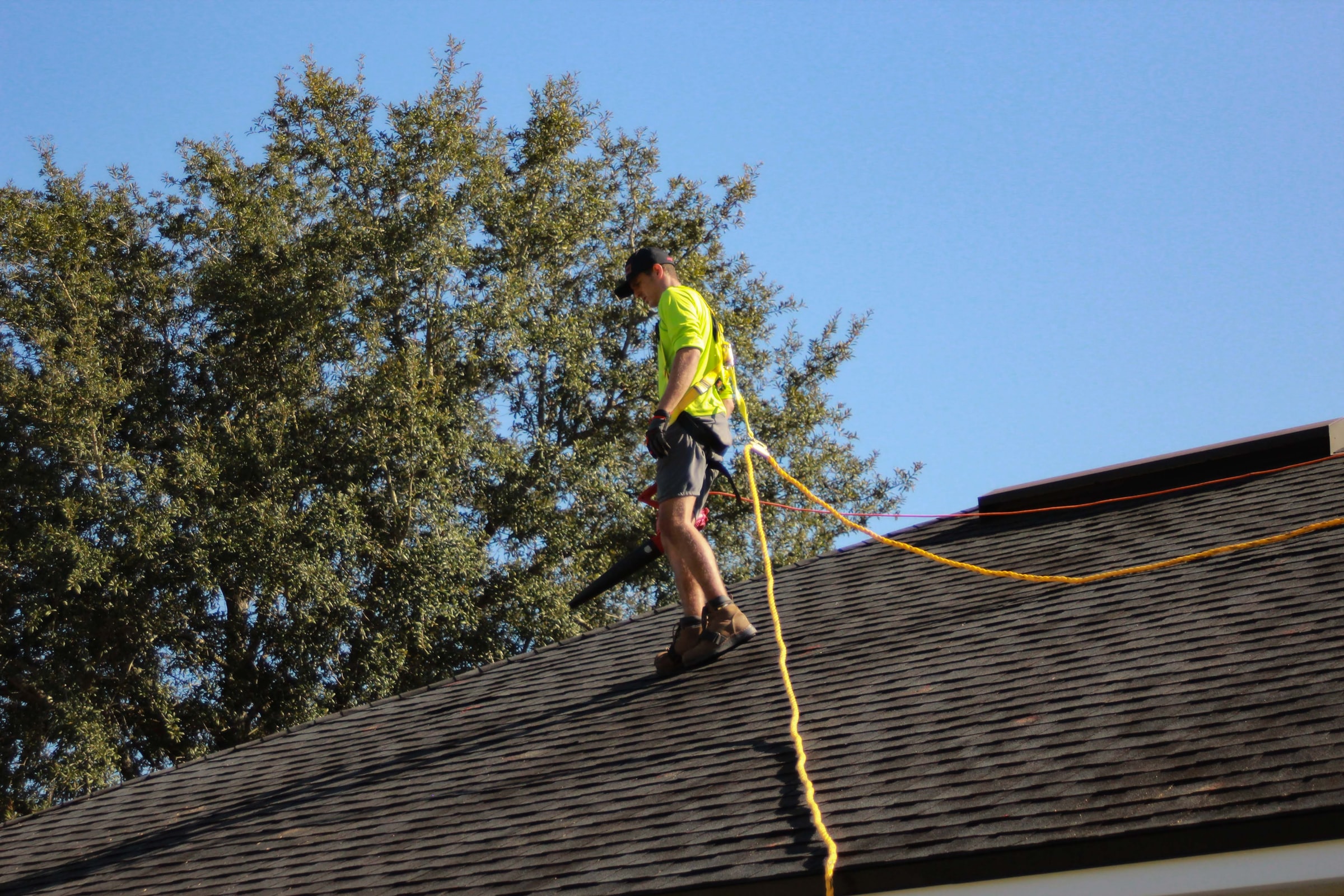Tile roofing has been around since ancient times and continues to be prized for its strength and insulating properties. We have put together this guide to learn more about the maintenance, qualities, and defects of tile roofing. So, without further ado, let’s dive into this blog and learn some of the things you need to know about roofing.
Clay tile roofing

Terracotta is a material known since the dawn of time. Composed of clay and water, terracotta does not contain any pollutants. A clay tile roof guarantee healthy air in the house. Terracotta is the most common clay used. It gives the red color so characteristic of the vast majority of tile roofs.
It is also resistant over time, and its color does not change, unlike other types of terracotta used to make tiles that tend to blacken over time. Clay tiles are part of the flat tile family, which can be used to cover very sloping roofs.
How to maintain a tile roof?
This type of roofing requires much more maintenance than others because moss can grow quickly on its surface. It is advisable to maintain it at least once a year. It is also necessary to replace damaged or broken tiles.
In addition, it is necessary to regularly clean your tile roof of all dirt and debris that can prevent the proper drainage of rainwater. However, we recommend that you do not use a pressure washer, as you may damage the tiles. Since this material is very fragile, it is more than recommended to use the services of a professional roofer to avoid any risk of injury or breakage.
The advantages of a tile roof
Whether made of clay or concrete, tiles are known to be rigid materials. They can withstand hurricanes and very high winds if properly chosen and installed. Moreover, they are very durable over time, as they can last more than thirty years for clay tiles and up to fifty years for concrete tiles. But their life expectancy can exceed the average if they are well maintained.
Tile roofs are also excellent thermal insulators. This type of material has heat-reflecting properties that insulate your home through the roof, preventing temperature loss. Due to their characteristics, they are easy to handle despite the fact that they are heavy. It is very easy to replace and install them, as you do not need to undertake major work. Thanks to their fireproof properties, tiles are the most used in areas with high fire risk. To enhance the aesthetic appearance of your roof, there are many colors and shapes to choose from.
However, check with your local town hall to determine the current planning regulations. White roofs are very common in some places, such as the southern regions of Europe. Last but not least, tiles are mostly made of natural materials and are very environmentally friendly. Moreover, this type of roofing is one hundred percent recyclable. In addition, you can produce your electricity with photovoltaic tiles through the sun’s rays.
The drawbacks of a tile roof

Tile roofing has several advantages, according to what we have just listed above. However, it also has some disadvantages:
-
- Concrete tiles are quite heavy because you need to count about 50Kg/m2. Thus, it is essential to prepare a strong enough frame to act as a support. It is the same for the clay tiles, which can weigh 2.5 Kg. In addition, you will need at least ten tiles to cover a square meter.
-
- Need for regular maintenance and cleaning, at least once a year.
-
- Due to the large number of tiles needed to cover a roof, this type of roofing can be very expensive.
Aesthetically, concrete tiles tend to fade over time, leaving a gray color or whitish deposits. Sound off in the comments section below, and tell us what you want to read next and if you want to read more about roofing.


